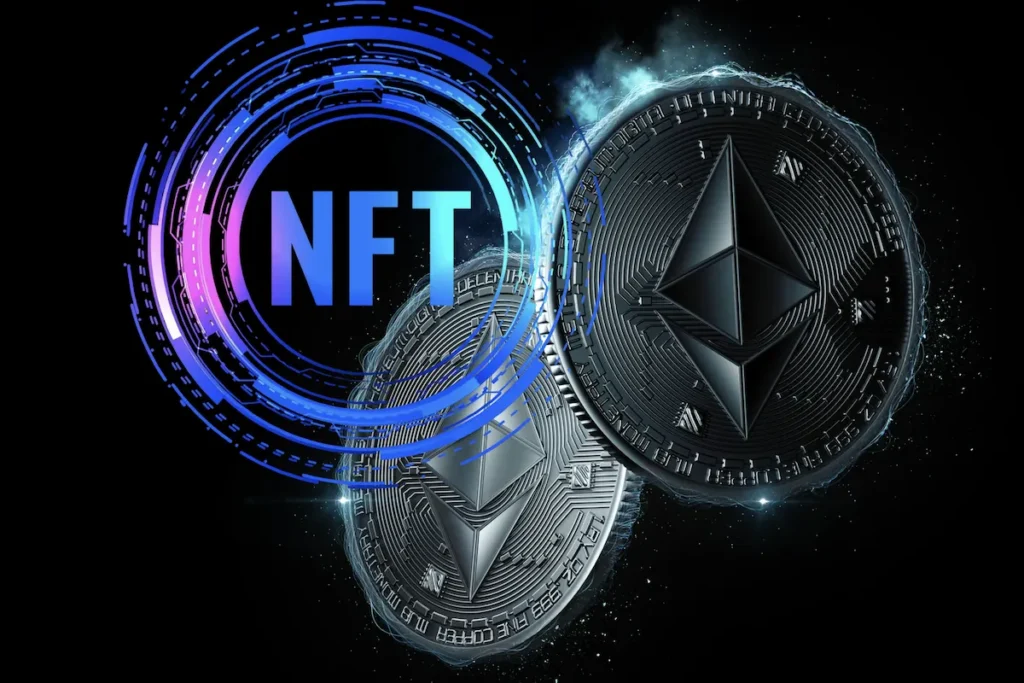The minting of NFTs on Ethereum has long been associated with creativity and innovation, but also with high costs due to the network’s popularity and surging gas fees. This has made it difficult for independent artists, small studios, and developers to mint NFTs affordably. However, with the evolution of Layer 2 solutions, smarter smart contract standards, and growing platform support for gas-saving features, creators in 2025 now have a toolkit to reduce Ethereum gas fees and mint more efficiently.
Here are seven battle-tested gas hacks to optimize your NFT minting on Ethereum:
1. Use Layer 2 Solutions: Networks like Polygon, zkSync, Arbitrum, and Optimism offer near-zero gas fees for NFT minting by offloading transaction execution and settling on the Ethereum mainnet in batches.
2. Batch Minting with ERC721A or ERC1155: Standards like ERC721A and ERC1155 allow you to batch mint NFTs, compressing multiple mints into a single transaction for cost savings.
3. Lazy Minting (Mint-on-Demand): With lazy minting, creators upload content off-chain and defer blockchain confirmation until the asset is purchased, avoiding paying gas unless there’s a sale.
4. Time Your Mints During Off-Peak Hours: Gas prices fluctuate throughout the day, so timing your mint during low network activity can reduce costs by up to 60%.
5. Optimize Smart Contract Code: Minimize expensive operations in smart contracts to reduce the amount of gas required for minting and other interactions.
6. Set Custom Gas Prices and Limits: Manually adjust gas settings in wallets during low congestion to save on gas fees without sacrificing reliability.
7. Use Gas Abstraction Tools or Gasless Minting: Shift gas payment from users to third-party relayers or platforms that subsidize fees, reducing upfront costs.
While these hacks can reduce gas fees, consider trade-offs such as dependence on third-party uptime, delays in on-chain provenance, and upfront dev work or audit costs for optimized contracts.
Bonus Tip: Consider cheaper blockchains like Polygon, Tezos, and Solana for minting NFTs at lower costs, and use cross-chain platforms like OpenSea and Magic Eden for multi-network minting.
In conclusion, the tools and techniques available in 2025 make it possible for NFT creators to mint more efficiently and affordably on Ethereum. By leveraging Layer 2 solutions, batch minting, strategic timing, and other gas-saving methods, creators can navigate the cost-sensitive Web3 economy and stay competitive in the NFT market.

